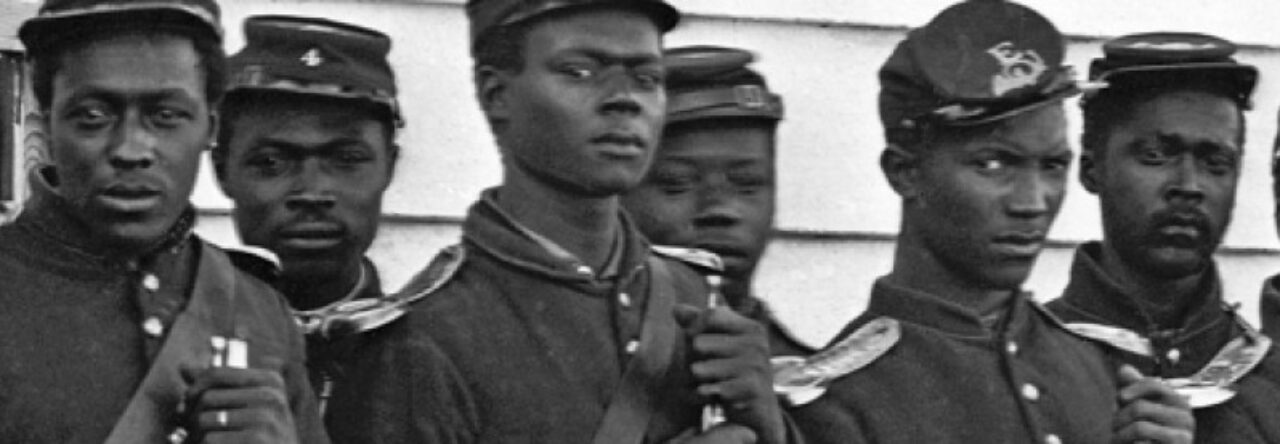 As a culmination field trip to our year and a half study of American history through the lens of New York City history, we travel to various parts of the city to ascertain the legacy of that history. One of the stops we make is Greenwood Cemetery, located in Brooklyn. We explore five monuments/grave sites and place our observations in the context of the arc of history we’ve studied. One of the sites we visit is the 1869 Civil War Soldiers’ Monument, erected in memory of the dead and the almost 150,000 enlisted servicemen on Battle Hill (where Washington faced the British in the Battle of Long Island at the start of the Revolutionary War).
As a culmination field trip to our year and a half study of American history through the lens of New York City history, we travel to various parts of the city to ascertain the legacy of that history. One of the stops we make is Greenwood Cemetery, located in Brooklyn. We explore five monuments/grave sites and place our observations in the context of the arc of history we’ve studied. One of the sites we visit is the 1869 Civil War Soldiers’ Monument, erected in memory of the dead and the almost 150,000 enlisted servicemen on Battle Hill (where Washington faced the British in the Battle of Long Island at the start of the Revolutionary War).
The monument is complex in construction and offers a wide variety of symbols (military and otherwise), figures, and apparently allegorical bas relief scenes.
http://www.green-wood.com/2010/civil-war-soldiers-monument-saved/
Reading Abraham Lincoln Vampire Hunter, of all places, I came upon excerpts from the second inaugural address that reminded me of the scenes depicted on the bas reliefs between full-sized sculptures representing the various branches of the Union Army.
According to the website from Green-Wood Cemetery (link above), these reliefs had text associated with them (but that text is currently missing). The monument was erected in Brooklyn in 1869, less than five years after the second inaugural address (Lincoln’s last great public speech on the conflict of the Civil War). Would these bas relief scenes be attempts at illustrating the final lines of that address?
“With malice toward none, with charity for all, with firmness in the right as God gives us to see the right, let us strive on to finish the work we are in, to bind up the nation’s wounds, to care for him who shall have borne the battle and for his widow and his orphan, to do all which may achieve and cherish a just and lasting peace among ourselves and with all nations.”
-Abraham Lincoln, March 4, 1865
What do you think? And, is this a valid place to end the search for a national consciousness surrounding the Civil War conflict as a direct line from the public statements of John Brown?





Leave a Reply